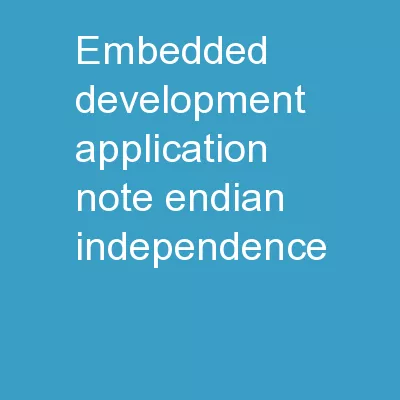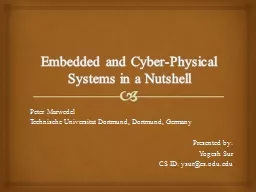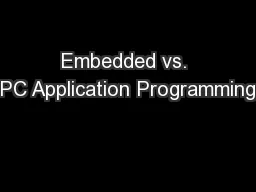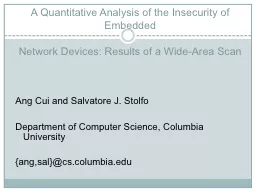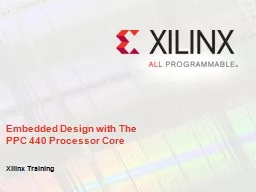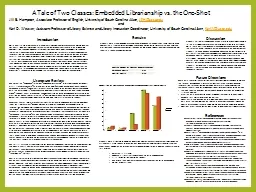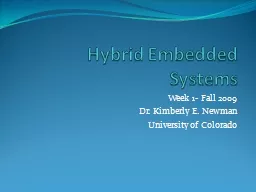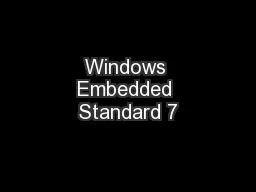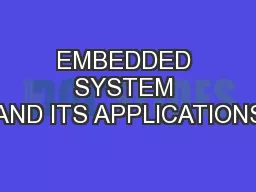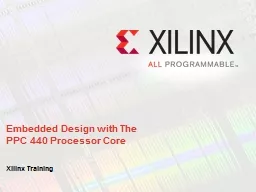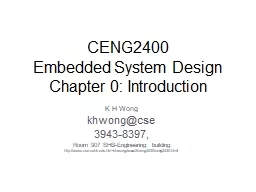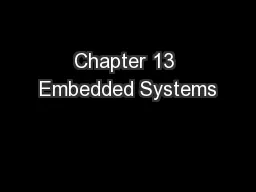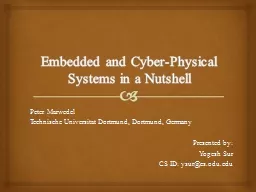PPT-Embedded Development Application Note: Endian-Independence
Author : pasty-toler | Published Date : 2018-11-28
Patrick Rogers 15 November 2018 The Issue Without being technical yet or fair Why Do We Care An external entity may require a nonnative representation Passing
Presentation Embed Code
Download Presentation
Download Presentation The PPT/PDF document "Embedded Development Application Note: E..." is the property of its rightful owner. Permission is granted to download and print the materials on this website for personal, non-commercial use only, and to display it on your personal computer provided you do not modify the materials and that you retain all copyright notices contained in the materials. By downloading content from our website, you accept the terms of this agreement.
Embedded Development Application Note: Endian-Independence: Transcript
Download Rules Of Document
"Embedded Development Application Note: Endian-Independence"The content belongs to its owner. You may download and print it for personal use, without modification, and keep all copyright notices. By downloading, you agree to these terms.
Related Documents

